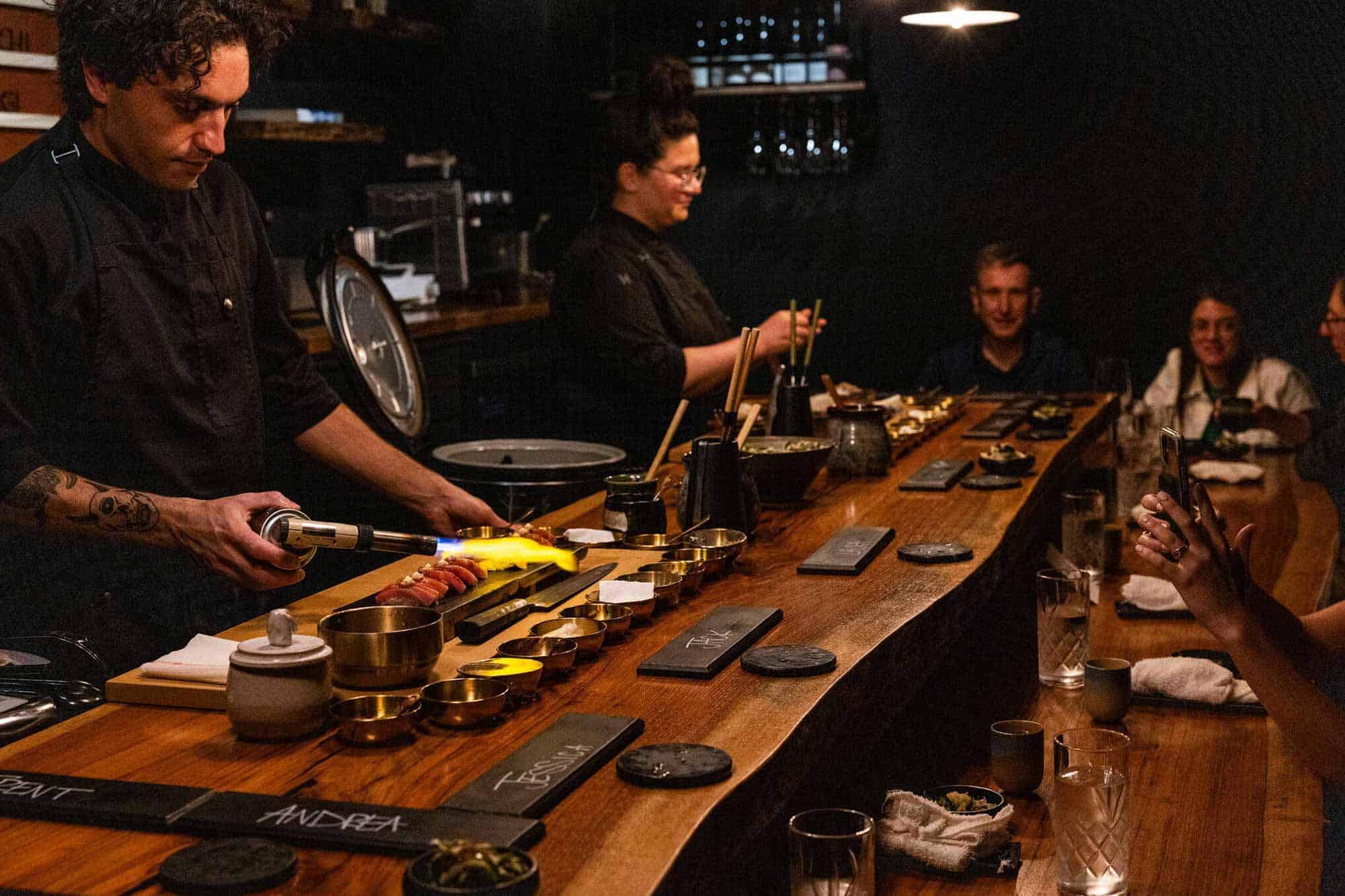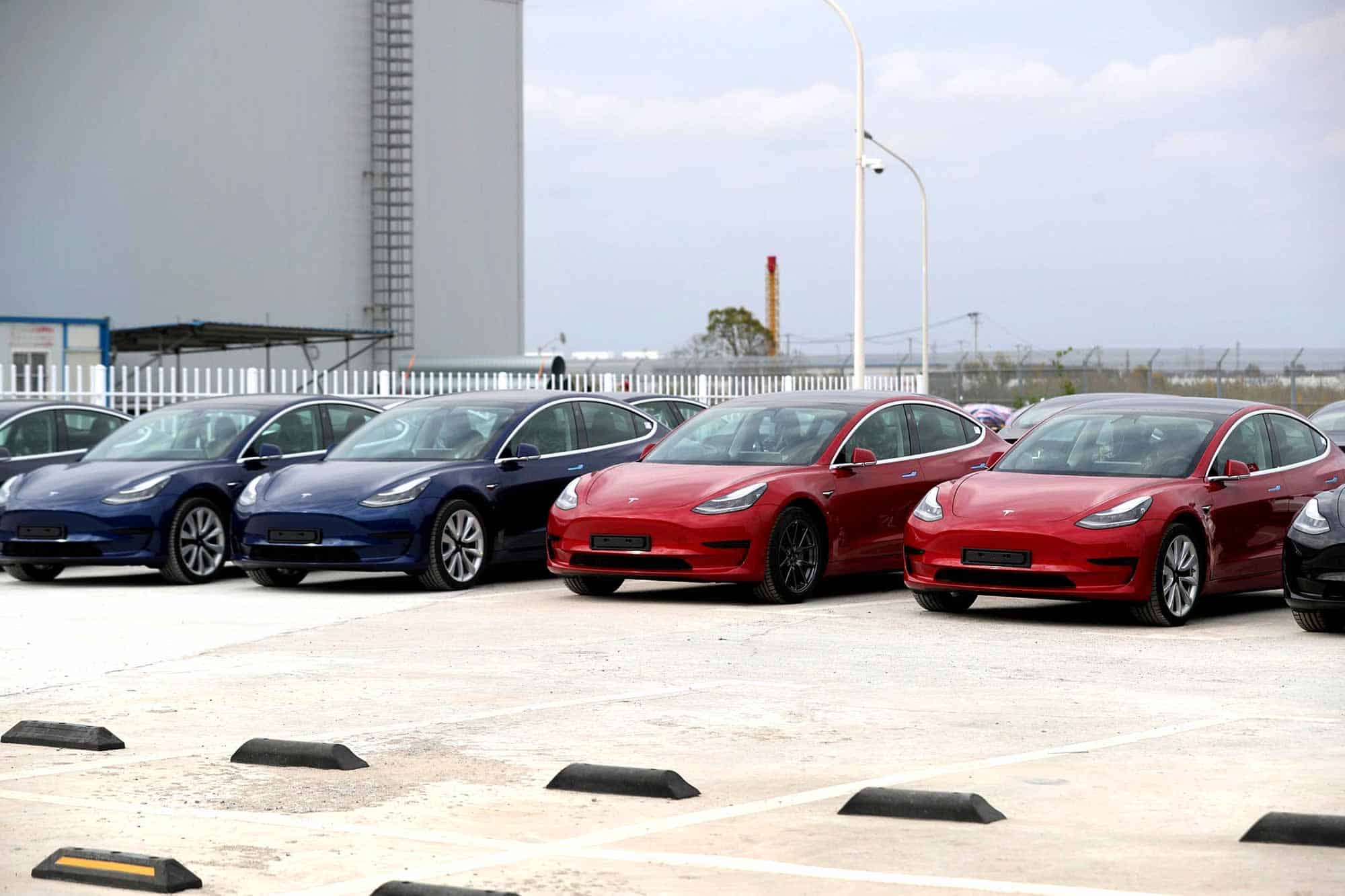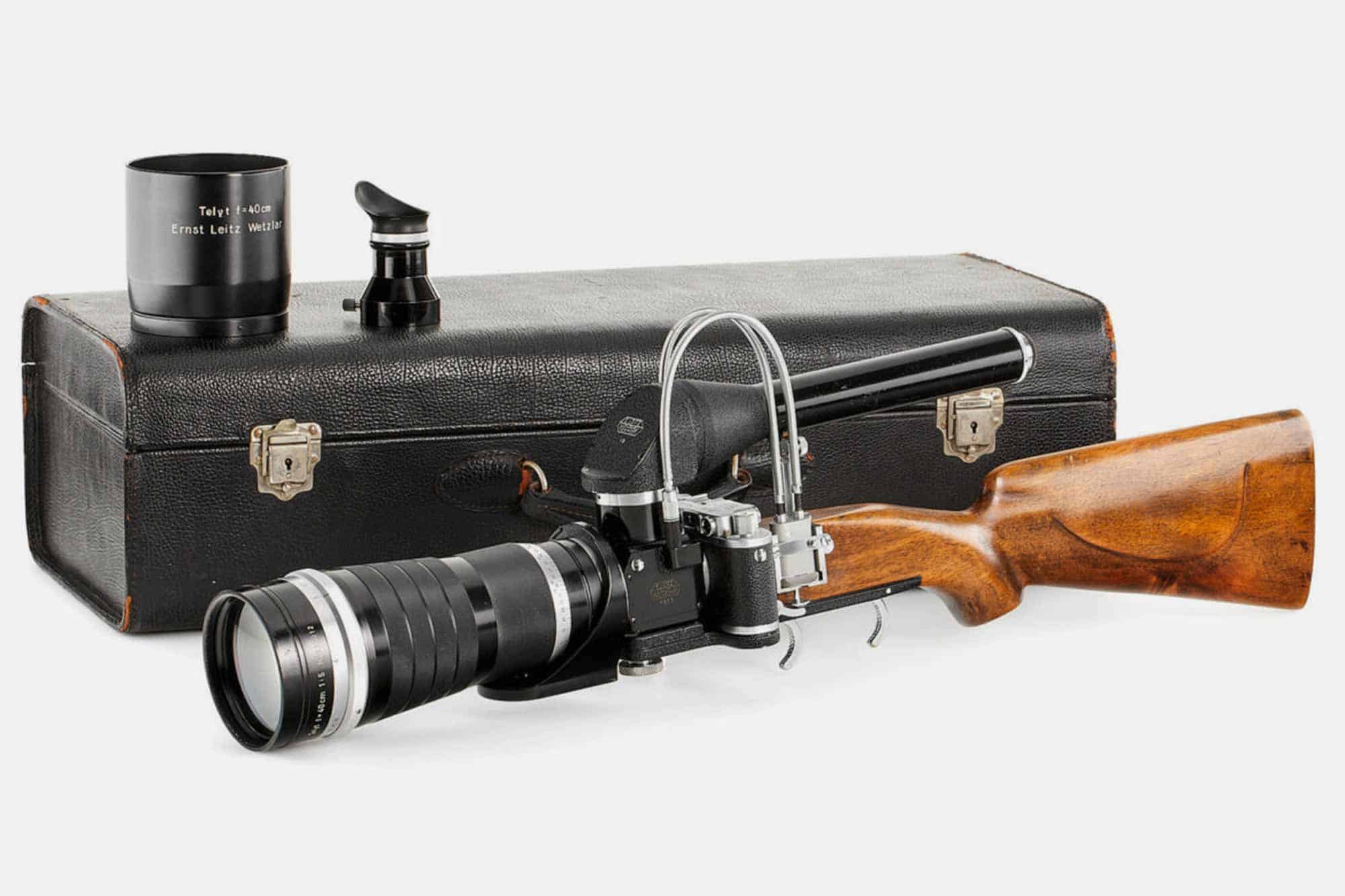“Watches, Stories, and Gear” is a roundup of our favorite content, watch or otherwise, from around the internet. Here, we support other creators, explore interesting content that inspires us, and put a spotlight on causes we believe in. Oh, and any gear we happen to be digging on this week. We love gear.
Share your story ideas or interesting finds with us by emailing [email protected]
The Rise of “Bromakase”
An interesting article in the New York Times this week for anyone with a passing intereste in sushi or the restaurant world in general: writer Brett Anderson dives deep into the phenomenon some have termed “Bromakase,” a strange combination of the traditional omakase experience you’d have in a great sushi restaurant with the flash and glitz of a modern, big city steakhouse. These two ideas are really on polar opposite ends of the dining spectrum. Omakase at its best is a tranquil experience with great food prepared expertly but simply. But that concept has been tweaked in recent years by upstart chefs all over the United States, adding theater and conspicuous consumption (think blowtorching marrow and Wagyu beef topped with caviar for no reason in particular) to the menu. A possible inflection point was the rise of Sushi Nakazawa, the famed NYC omakase spot, which brought a new type of diner into the premium sushi world once it became one of the trendiest restaurants in the world.
How to Steal a Tesla
The “relay attack” has been called the modern equivalent of hot wiring a car. It uses radio frequencies to take advantage of vulnerabilities in the keyless entry systems of modern cars, making it quick and relatively easy for thieves to get inside and get away with your vehicle. Some car manufacturers, including Tesla, have begun using ultra-wideband keyless entry protocols that are supposed to make this type of theft more difficult, but according to Wired, cars using this technology might still be at risk. In the linked article, you’ll find a full report and a video showing a Chinese cybersecurity firm breaching the Tesla security system with equipment said to cost about $100, easily obtainable by just about anyone. In the case of Tesla models with the ultra-wideband tech, there’s an additional security measure owners can enable that requires a PIN to unlock a vehicle, so a workaround exists to thwart thieves, but this just shows that in the game of protecting high-tech cars from those that might want to steal them, vehicle owners (and the carmakers) are losing.









 Featured Videos
Featured Videos













